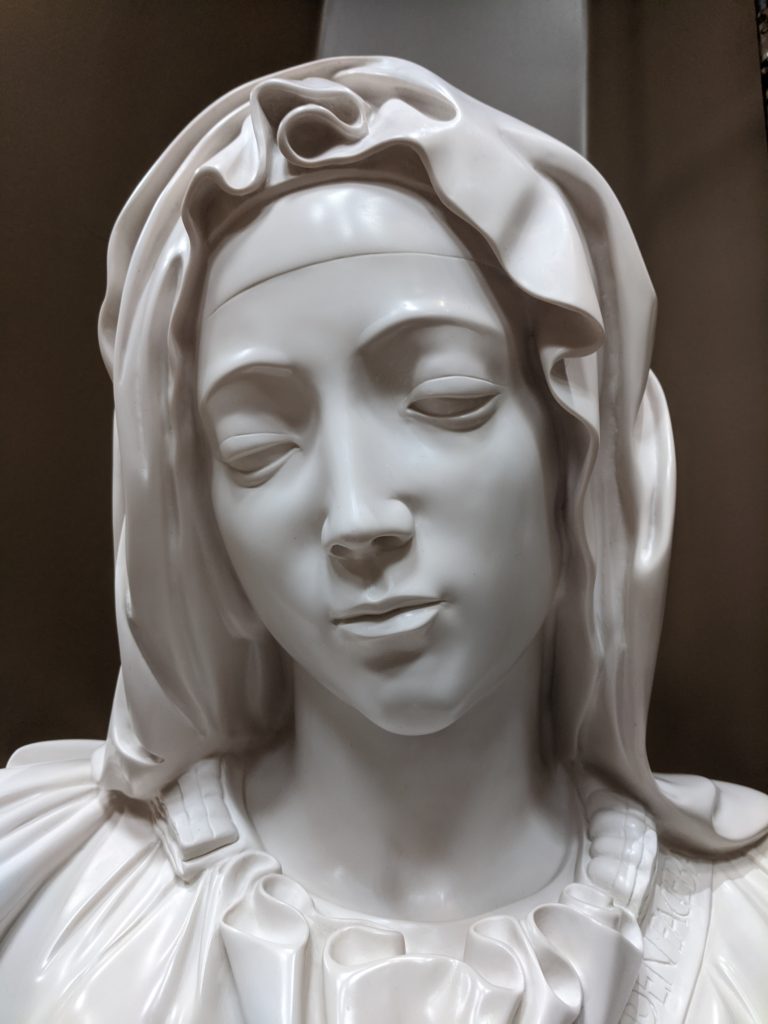
Tax Deductions for Giving Art to Charity
When one’s basic needs are fully met, it is not uncommon to accumulate and surround oneself with beautiful things. In other words, those who can, collect art. Sadly, part of the human condition is that it doesn’t last forever. Deciding what will happen to such art collections when we are done with them is a crucial part of any estate or succession plan. Too often, there is no one qualified, willing, or able in the next generation to keep and preserve the art. The best option comes down to establishing or finding a charitable partner to help preserve and perpetuate the benefit of the art. If art is going to charity, here are the big questions:
- Do you want to just give your art away, or do you want to create something personal and custom to fit your goals and wishes?
- Do you want tax deductions for giving your art to charity?
- If so, do you want it while you’re living, or after your dead?
- Do you want to protect your wishes from being hijacked or derailed in the future?
You Can Get Tax Deductions for Giving Art to Charity
With appropriate planning, it is possible to get tax deductions for giving art to charity. Under applicable IRS guidelines such tax deductions can be for the full fair market value of the art (not just its cost basis) if certain conditions are met as discussed below. In addition to income tax deductions, charitable gifts of art also reduce or eliminate estate taxes at death by removing the value of the contributed art from the taxable estate.
Here are the basis rules if you want to get an income tax deduction for the full fair market value of the gifted art:
You Must Itemize to Deduct
You only get the deduction for charitable contributions if you itemize on Schedule A of your tax return. In addition, your deductions only apply to a certain percentage of your Adjusted Gross Income ***. This means that you cannot eliminate 100% of your taxes by making charitable contributions.
Art Does Not “Flip” Well
You must have owned the art for at least one year. This means if you purchase art with the intent of donating it, in order to get a deduction for the fair market value and not your actual purchase price, you must hold on to it for at least a year before making the donation.
The Art Must go to a Qualified Organization
It is critical that you donate the art to a qualified U.S. Public Charity. There are many such organizations such as Legacy Global Foundation which can help you design and implement your own custom mission to preserve, protect, share and/or perpetuate the enjoyment and beauty of art.
Even if (or especially if) the art is to be displayed or used over seas, to get a U.S. deduction, the contribution must be made to a U.S. Public Charity. (If you are simply gifting the art when you pass, and you want to eliminate the estate tax but are not concerned about income tax deductions while you are living, you can make the gift to a non-U.S. charity at death.)
The reason for using a ” Public Charity” instead of a private foundation is that you can use substantially more of the income tax deduction. In general, you can deduct up to 50% of AGI for gifts to a Public Charity but only 30% of AGI for gifts to a Private Foundation. This is one of the reasons why many donors find it valuable to establish a working relationship with a public charity (such as Legacy Global Foundation) to fulfill their charitable intent, particularly with art work.
In short, the Donor must know the Donee Charity, and have confidence that it is equipped and willing to uphold its end of the bargain. You can check a charity’s tax exempt status by any one of the following:
- Meet with the Charity administrative personnel (not just the person soliciting your gift). Check out their website. Find out what they have done for other donors.
- Just Ask the charitable organization to give you a copy of their exemption letter from the IRS
- Check out the charity with the IRS’s online search tool: the Exempt Organization Search (formerly known as “Select Check”)
- Use Form 4506-A, to Request for Public Inspection or Copy of Exempt or Political Organization IRS Form.
- Check with other organizations such as Charity Navigator or Guidestar
The Charity must Use the Art in Furtherance of its Mission
If the charity is just going to sell the art and use the money for something unrelated to the art itself, you as the donor do not get a deduction for the fair market value of the gift. To get the full deduction, the charity receiving the art must not only keep it, but use is in connection with their tax exempt charitable mission. If a museum, they must display it. If a school for the blind, they must make it available to their students.
One of the ways we have helped donors in the past is to help transition an appropriate home or other property into a museum or educational facility so that the art is not only protected and preserved, but also shared with others in keeping with the donor’s wishes and intent. Again, this often calls for a collaborative relationship with a qualified charity that has the means to accomplish your wishes. If also means there need to be checks and balances so that gifted artwork is not simply sold off or dissipated to meet alternative or short term financial needs. As a result, sometimes the charity that displays the art and the charity that owns the art are not the same charity.
We have also helped donors bring the gift of art to colleges, churches, museums, schools for the blind, and other qualified organizations in a manner that protects and makes the art available and prevents it from being split up and sold off.
The Charity Must Keep the Art for at Least 3 Years
One of the ways the IRS tests whether or not the charity is going to actually use the art as part of their tax exempt mission is whether or not they keep it. For the donor to get the fair market value deduction, the charity must keep the art for at least three years. This is sometimes called the “three year rule”. This is a detail that must be worked out with the charity in advance so that the deduction is not sabotaged by some post gift act of the charity.
The Art Must Be Appraised
You must complete Form 8283. This includes having the signature of a qualified appraiser. You must attached this Form 8283 to your income tax return. The Pension Protection Act of 2006 clarified what constitutes a qualified appraiser. They must have certain certifications, experience, and formal professional-level education as set forth in IRS valuation guidelines.
You Must Be An Art Collector or Investor
Who you are or what you do for a living makes a difference on whether or not you can deduct donations of art work. Deductions for the fair market value are generally not available for an Artist or a Dealer. They are only able to deduct their actual costs. The art collector or investor, on the other hand, may deduct the fair market value. For some art collectors, it is important that they not cross the line and become dealers. This is a nuance of the tax rules that confuse some. The limitations on deductions that apply to artists and dealers, don’t apply to collectors and investors.
Take Action
Nothing happens until someone takes action. You can get full fair market tax deductions for giving art to charity if you do it right. You can also develop and preserve your own customized tax deductible program to protect and preserve your art. We can help. If you have questions, we have answers. This is what we do. Let’s talk.

